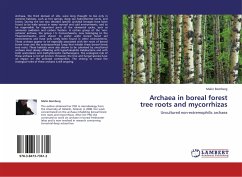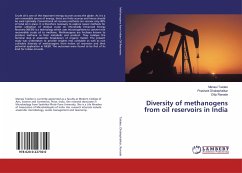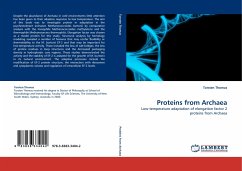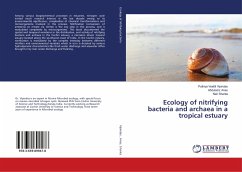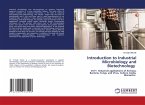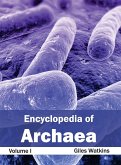Archaea, the third domain of Life, were long thought to live only in extreme habitats, such as hot springs, deep sea hydrothermal vents, and brines. During the last two decades specific archaeal lineages have been found to be wide spread in many 'normal' and cold environments, and to be responsible for important parts of the elemental cycles, such as ammonia oxidation and carbon fixation. A certain group of the 'non-extreme' archaea, the group I.1c Crenarchaeota, now belonging to the Thaumarchaeota, were shown to prefer acidic boreal forest soil environments and have only rarely been found in other environments. These archaea appear to be especially associated with the roots of boreal forest trees and the ectomycorrhizal fungi that inhabit these boreal forest tree roots. These habitats were also shown to be colonised by uncultured archaea most closely affiliating with hyperhalophilic Halobacteria and with both acetoclastic and methylotrophic methanogens. The ecological role of these archaea is not yet known. However, the tree and fungal species have an impact on the archaeal communities. The striving to reveal the ecological roles of these archaea is still ongoing.
Bitte wählen Sie Ihr Anliegen aus.
Rechnungen
Retourenschein anfordern
Bestellstatus
Storno

